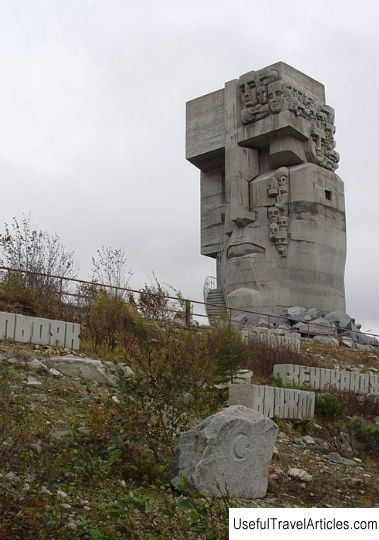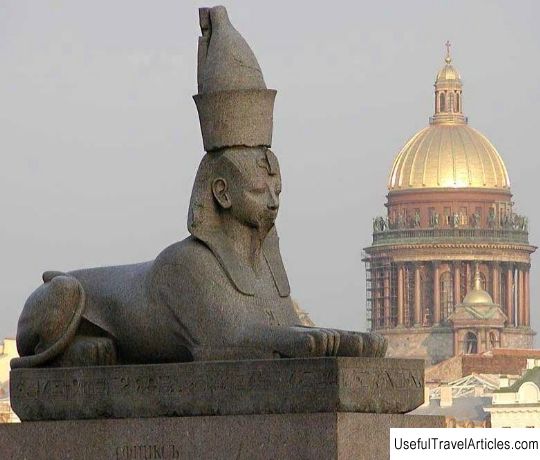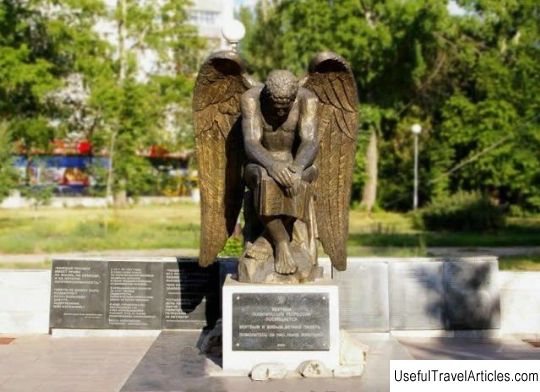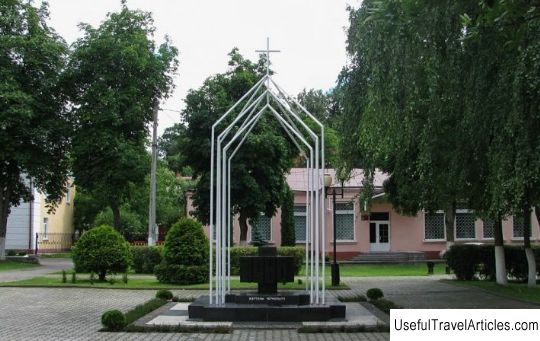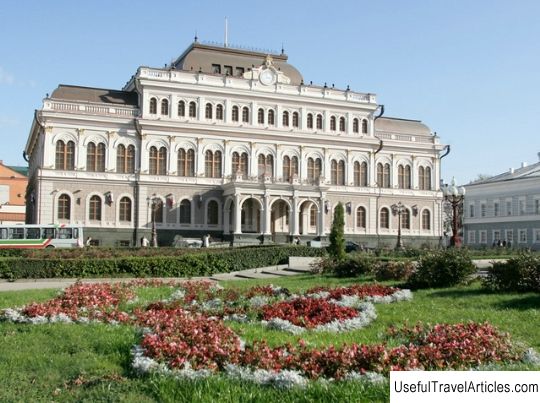Monument to the victims of political repression description and photo - Russia - St. Petersburg: St. Petersburg
Rating: 8,5/10 (589 votes) 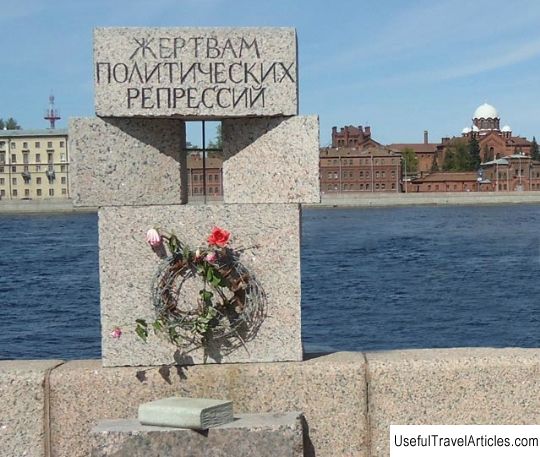
Monument to the victims of political repression description and photos - Russia - St. Petersburg: St. Petersburg. Detailed information about the attraction. Description, photos and a map showing the nearest significant objects. Photo and descriptionIn April 1995, in St. Petersburg, on the Robespierre embankment, opposite the building of the infamous Kresty prison, a monument was opened in memory of the victims of political repression. Two bronze sphinxes, symbolizing the world famous sphinxes on the University Embankment of the city, are located a few meters opposite each other. Their faces are divided vertically: on one side, facing the residential areas, young women, and on the side of the prison and the Neva - decayed skulls. The bodies of the sphinxes are so extremely thin that bones clearly show through the skin. The height of the sculptures is about one and a half meters, the height of the plinth is slightly less than 20 cm. The authors of the bronze statues are architects A.A. Vasiliev and V.B. Bukhaev and sculptor M.M. Shemyakin. The place chosen for the monuments, symbolically - the Kresty prison during the years of political repression became a prison for thousands of Leningraders. Tragic sculptures remind us that everything in this world is ephemeral, and, often, happiness and grief, freedom and imprisonment, life and death are close to each person just as they were once close to millions of people who suffered and died during the Stalinist terror. Two-faced sphinxes are installed on marble pedestals. Between the sculptures there are four granite blocks with a small opening reminiscent of the barred window of a prison cell. Copper plaques around the perimeters of the pedestals depict lines from the works of poets, prominent cultural figures, prose writers, who in one way or another suffered from the persecution of the authorities. There are lines from the works of Nikolai Gumilyov, Vladimir Vysotsky, Anna Akhmatova, Daniil Andreev, Osip Mandelstam, Varlam Shalamov, Alexander Solzhenitsyn, Vladimir Bukovsky, Nikolai Zabolotsky, Joseph Brodsky, Yuri Galanskov, Dmitry Likhachev. There is a facsimile image of Raoul Wallenberg's signature on the monument. For those who lived in pre-revolutionary Russia, and then in the Soviet Union, the 20th century was a time of difficult trials. Revolutionary upheavals, civil strife and terror, wars, Stalin's purges have crippled the lives of millions of people. The years 1937 and 1938 are marked with a black stripe in the history of Russia, when, on the slightest suspicion, on the first denunciation without trial or investigation, almost 2 million Soviet citizens were arrested, of which 700 thousand people were shot. According to average estimates, every day in those years, the state annihilated about a thousand of its innocent citizens. In subsequent years, free-thinking in the USSR was persecuted, but not on such a scale, however, thousands of people ended up among political prisoners, and thousands, after compulsory "treatment", ended their lives in psychiatric clinics. In the early 1990s, memorial signs were installed in a number of cities of the USSR, which were eventually replaced by monuments. St. Petersburg was one of the first cities in Russia to create such a memorial. Until now, work is underway to perpetuate the memory of those killed during the years of Stalinist repressions. In Volgograd, Tolyatti, Ufa, Novosibirsk, Barnaul and many other cities of Russia, in Ukraine, Moldova, there are monuments to the victims of political persecution. Over the years of long archival searches, Memorial Books have been collected, which include the names of the innocent victims.
        We also recommend reading Crucifixion church-bell tower and Martins of the chamber of the Alexander Kremlin description and photos - Russia - Golden Ring: Alexandrov Topic: Monument to the victims of political repression description and photo - Russia - St. Petersburg: St. Petersburg. |
